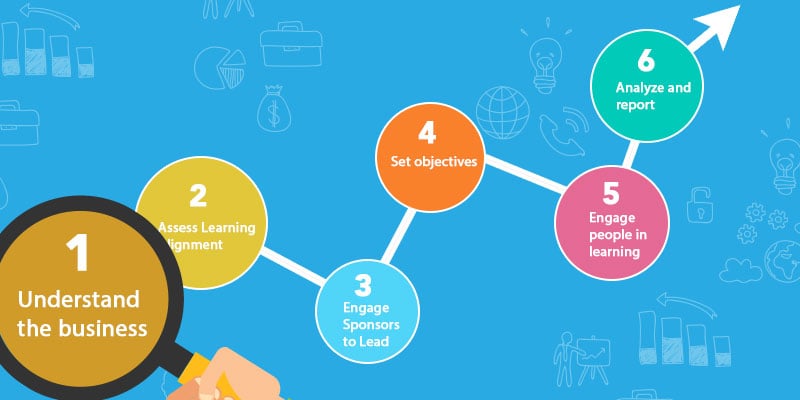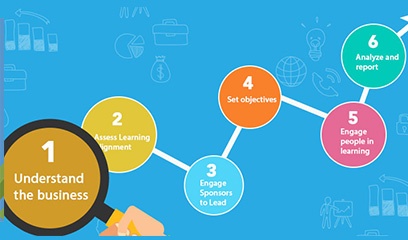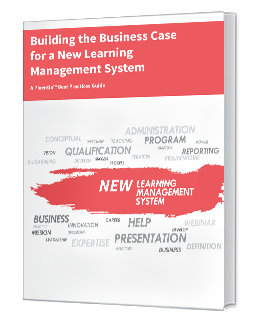
This article is the second of a seven-part series on becoming a strategic partner by aligning learning and development with business objectives. The introduction discussed the argument for aligning learning programs with organizational goals and measuring outcomes.
The skills gap has leaders turning to training and development as a solution, but they want to see the return on investment. Aligning Learning & Development with strategic objectives is essential, and you must be able to show a direct link to business results.
Preparation for becoming a strategic partner begins with understanding the business; you are preparing for discussions with business people about what they do. It is more than understanding how the business works. You need to speak their language.

Industry Analysis
Aligning with objectives begins with knowledge of the business. Start with a scan of the industry in which it operates.
Scanning the industry environment has two benefits: understanding the external pressures business leaders face, and knowing the dynamics of your extended enterprise – customers, suppliers, and distribution channels.
You can be much more helpful in your discussion with business leaders when you know the challenges they face. Review your company’s SWOT analysis or strategic planning documents and talk with strategic planners to refresh your knowledge of the competitive landscape.
Consider also the needs of your extended enterprise. Even if you are not currently extending learning outside your organization, it is something you need in your portfolio of potential solutions. We find that companies that extend learning to people outside their organizations perform better than those who do not. Many companies are improving customer satisfaction and loyalty with extended enterprise learning. Businesses are also reaping benefits from extending learning to their suppliers and distribution channel. We recently helped a large auto dealer increase its sales by providing extended learning to dealerships, so the sales force had the latest information on new products. 
Now we turn our attention inward to refresh our understanding of how your company operates in its competitive environment.
Purpose, Strategy, and Culture
Seek out the people who do your strategic planning to review your organization’s purpose and the strategies for achieving it. Don’t neglect company culture. It is the framework for understanding how people interact to get things done. It will be helpful in determining whom you approach and how you frame your discussions.
Organizational Objectives
Next, we turn our attention inward to how your various business functions support strategic objectives. Review the hierarchy of objectives in the strategic plan and begin preparing for discussions about how learning supports your organization’s objectives.
Next Steps
Our next article will be about forming a partnership with business leaders. We will be discussing how to have a conversation about performance, assessing how you can support their objectives, and engaging leaders in sponsoring learning initiatives and owning the results.
References:
Lahey, Zach. "Extended Enterprise Learning: Educating the Channel to Improve Results." Aberdeen Group. March 24, 2014. Accessed November 29, 2015.
Pontefract, Dan. "The Power of Purpose." Chief Learning Officer. October 30, 2015. Accessed November 18, 2015.
"Aligning Learning to Business." Towards Maturity. 2015. Accessed December 15, 2015.
"SWOT Analysis Definition | Investopedia." Investopedia. February 17, 2005. Accessed December 17, 2015.
Phenomecloud is a full-service technology company dedicated to helping clients solve business problems, improve the capability of their people, and achieve better results.




Leave a Comment